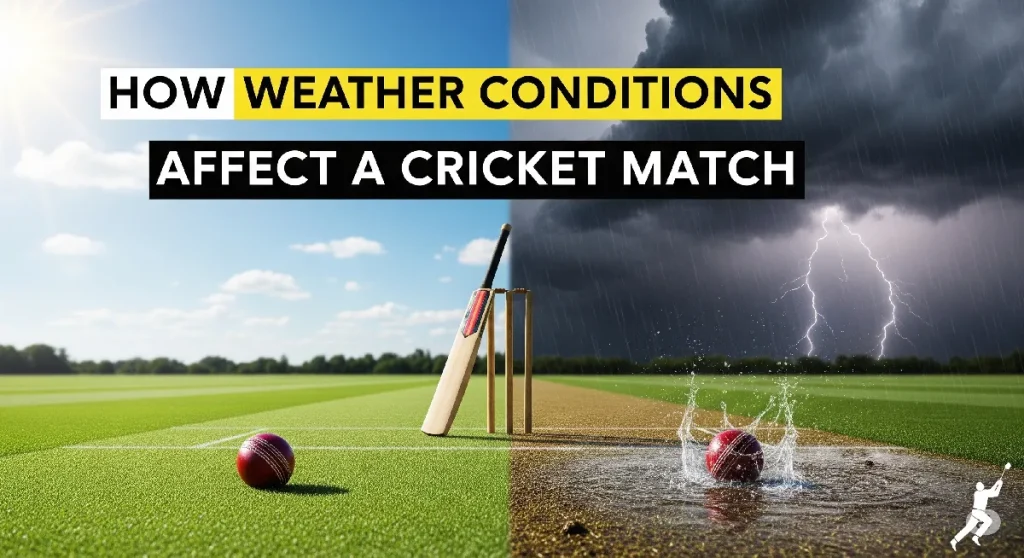Weather plays a crucial role in cricket, influencing pitch conditions, ball behavior, and match strategies. Understanding these effects helps players, captains, and fans appreciate how external conditions can shape the outcome of a game.
Rain Interruptions and Match Delays
Rain can halt play, shorten innings, Jeetbuzz or even lead to abandoned matches. In limited-overs formats, rules like the Duckworth-Lewis-Stern (DLS) method adjust targets to account for lost overs, making rain a significant factor in strategy.
Impact on Pitch Conditions
Weather affects pitch behavior:
- Hot and Dry Conditions: Pitches may become dusty and favor spin bowlers.
- Damp or Overcast Conditions: Pitches can retain moisture, aiding seam and swing bowlers.
- Rain-Affected Pitches: Can become slow or unpredictable, challenging batsmen and influencing shot selection.
Ball Behavior and Swing
Humidity and cloud cover influence swing bowling. Overcast and humid conditions enhance movement in the air, making it easier for bowlers to trouble batsmen. Conversely, dry sunny conditions may reduce swing but increase bounce.
Player Fatigue and Hydration
Hot and humid conditions can impact player stamina, concentration, and reaction time. Teams must manage hydration, fitness, and energy levels to maintain performance throughout long matches.
Strategic Adjustments
Captains and coaches adjust strategies based on weather forecasts. Decisions on batting or bowling first, field placements, and player rotation often consider current and expected conditions to maximize advantage.
Visibility and Safety Considerations
Poor visibility due to fog, rain, or low light can affect batting, bowling, and fielding. Umpires may halt play to ensure Jeetwin player safety, emphasizing the importance of weather in match management.
Equipment and Ground Conditions
Wet outfields affect ball bounce, running between wickets, and fielding efficiency. Players and ground staff adapt by using protective gear, drying techniques, and modified fielding strategies.
Long-Term Impact on Series
Weather trends can influence series outcomes, as teams adapt differently to varying conditions across venues. Familiarity with local weather patterns often benefits home teams.
FAQ
Q1: How does rain affect cricket matches?
Rain can delay play, shorten innings, or lead to match abandonment. Methods like DLS adjust targets to account for lost overs in limited-overs formats.
Q2: How does weather influence bowling?
Humidity and overcast conditions enhance swing and seam movement, while dry conditions may favor spin or increase bounce, affecting bowling strategies.
Q3: How do teams adjust to extreme weather conditions?
Teams manage player fitness, hydration, and energy levels, adjust field placements and batting/bowling strategies, and use equipment and ground techniques to maintain performance.


